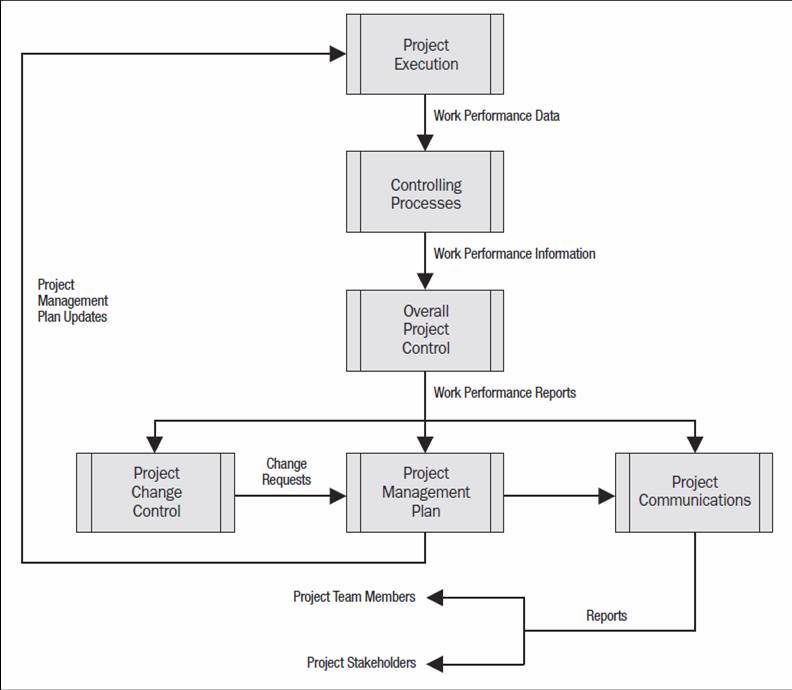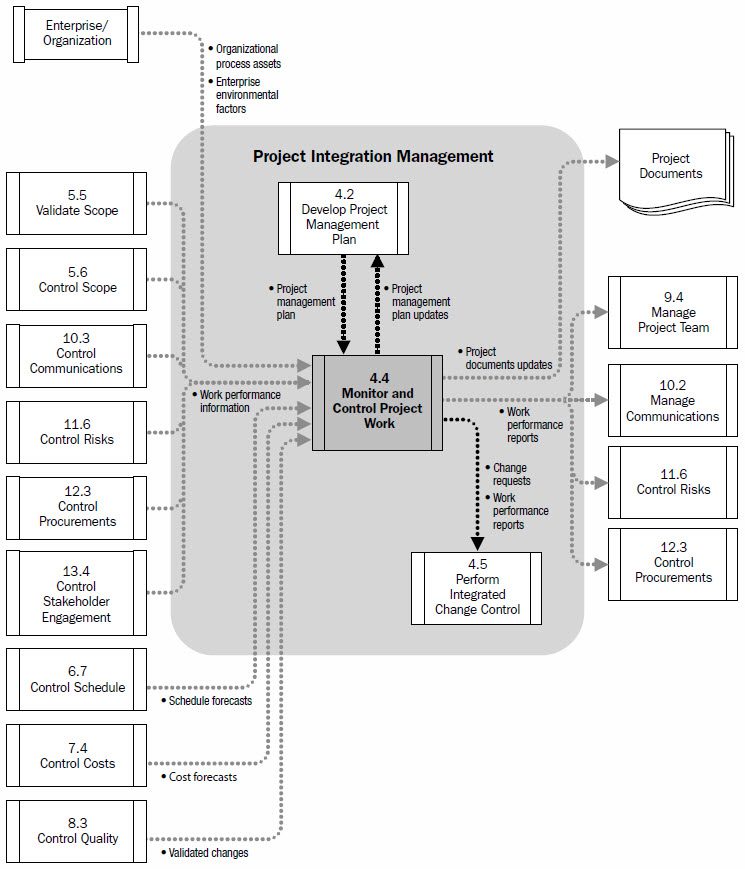One of the less well understood parts of the PMBOK® Guide 5th Edition has been the significant refinement in the way project data is transformed into useful project reports; mainly due to the distributed information. This short article will map the flow.
The starting point is Chapter 3.8 – Project Information


© 2013 Project Management Institute
This section recognises information changes in character as it is processed:
- Work performance data is the raw observations and measurements made during the execution of the project work. Data has little direct value.
- Work performance information is created when the data is analyzed and assessed. The information used to help control the work is derived from the analysis in context of the work performance data. This information also forms the basis of project reports.
- Work performance reports are the physical or electronic representation of work performance information compiled in project documents and used for project decision making.
- Work performance reports are also distributed or made available through the project communication processes with the intention of influencing and informing the actions of stakeholders (both internal and external).
This overall flow is defined in more detail in each of the PMBOK’s knowledge areas.
The actual ‘work’ of the project is defined in process ‘4.3 Direct and Manage Project Work’ (and a limited number of other processes). These ‘work’ focused processes all have ‘work performance data’ as an output.
Assessing and analysing the data is part of the controlling process in each of the specialist knowledge areas from ‘scope’ to ‘stakeholders’. For example, process ‘13.4 Control Stakeholder Engagement’ has work performance data as an input and work performance information as an output (as do all of the other controlling processes).
These nine sets of specific performance information pertaining to scope, time, cost, etc., are brought together in process ‘4.4 Monitor and Control Project Work’, to produce work performance reports as an output.


© 2013 Project Management Institute
These reports are of course used for internal project management purposes, but also form a key element of project communication.
A key element within this process is knowledge management and gathering and using lessons learned; this aspect is discussed in our White Paper: Lessons Learned.
Process 10.2 Manage Communications receives the work performance reports as an input, and uses communication technology, models and methods to create, disseminate, store and ultimately dispose of performance reports and other project communications based on this information.
The art of effective communication being to get the right information to the right stakeholder, in the right format at the right time! For more on this see: The three types of stakeholder communication.
So in summary, the PMBOK® Guide 5th Edition has got the flow from raw data to useful reports fairly well defined, the only challenge is knowing where to look! Hopefully the 6th Edition will do a better job of ‘joining up the dots’.

